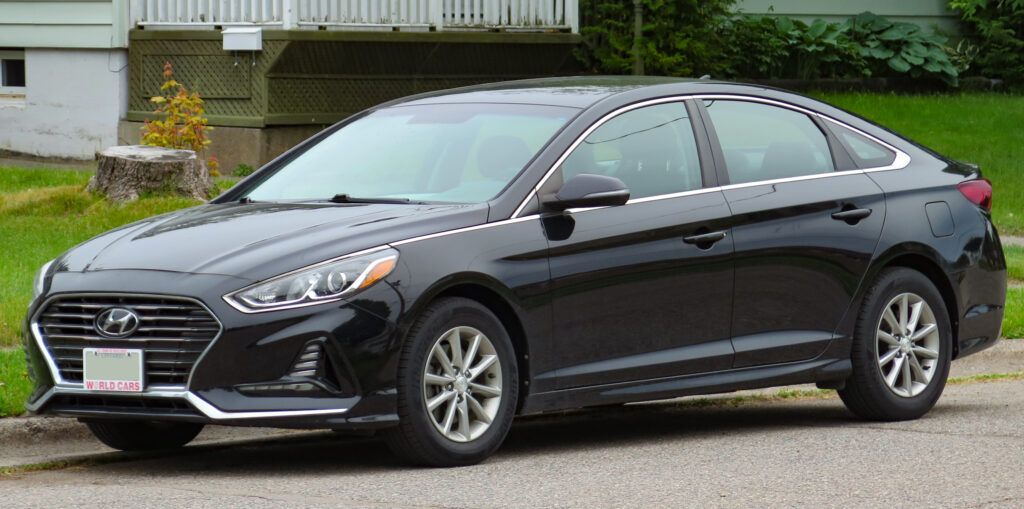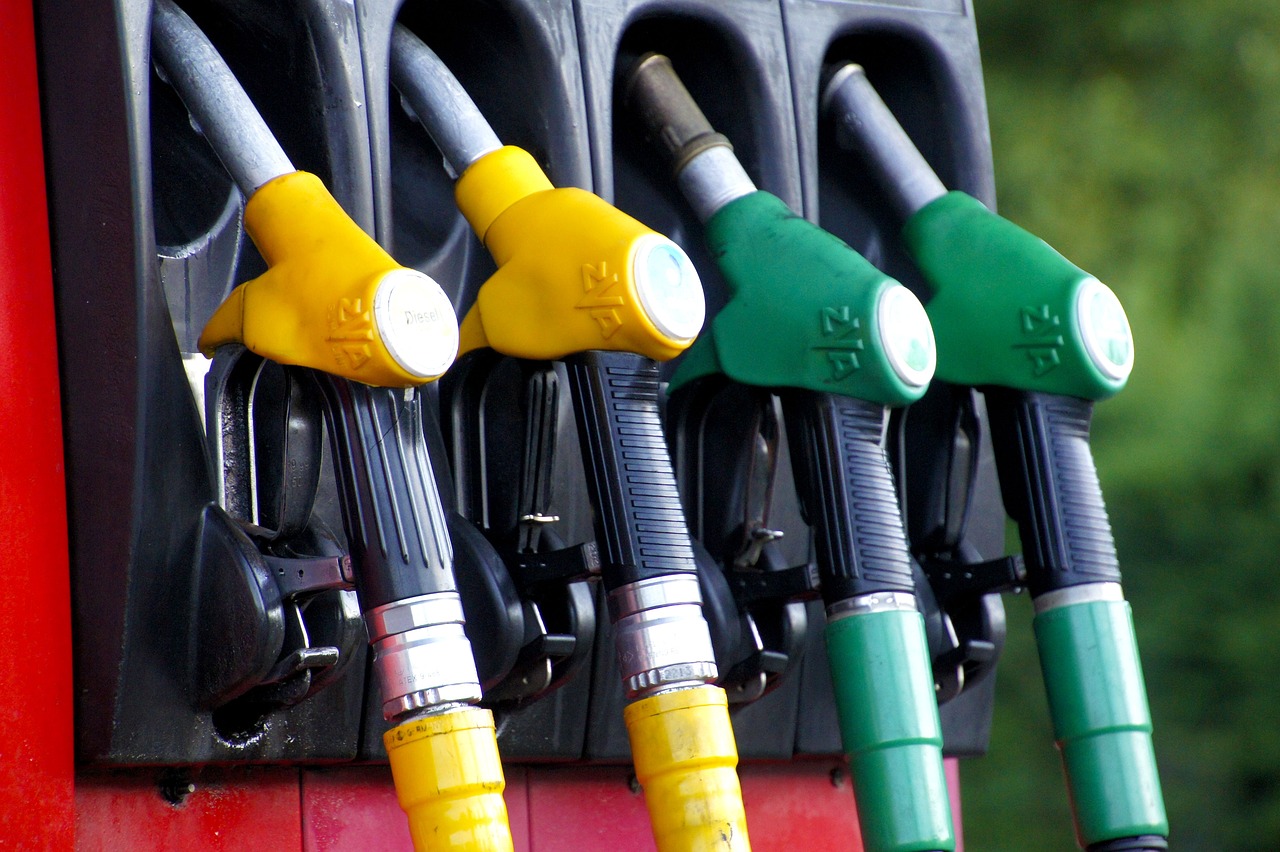
In an era where gas prices fluctuate with a mind of their own, often nearing the $5 per gallon mark and spiking significantly over short periods, finding genuine ways to save at the pump has become less of a luxury and more of a necessity for drivers everywhere. The daily commute, essential errands, and those much-anticipated road trips can quickly drain wallets, especially in commuter-heavy areas where driving is simply unavoidable. This urgent need for savings has, predictably, led to a proliferation of advice—some legitimate, some questionable—on how to stretch every gallon further.
It’s a jungle out there when it comes to fuel efficiency tips. From seemingly clever tricks involving air filters to more outlandish suggestions about gas density, it’s challenging to discern which advice holds water and which is simply a waste of your valuable time and hard-earned money. Many tips, once relevant for older vehicle models, have become obsolete with the advent of modern automotive technology, while others were never more than urban legends to begin with. The Federal Trade Commission (FTC) has even issued warnings against numerous products and practices that promise unrealistic mileage gains, highlighting the pervasive nature of misinformation in this space.
This in-depth guide is designed to cut through the noise, providing you with clear, actionable insights based on expert analysis and proven facts. Before we dive into the strategies that truly work, we’re going to lift the hood on some of the most persistent gas-saving myths—suggestions that, according to rigorous studies and automotive experts, simply don’t go the distance. Dispelling these misconceptions is the first crucial step toward becoming a smarter, more efficient road warrior, ensuring your efforts are focused on techniques that deliver tangible savings and keep your vehicle performing optimally. Prepare to separate fact from fiction and empower yourself with knowledge that will save you at the pump.
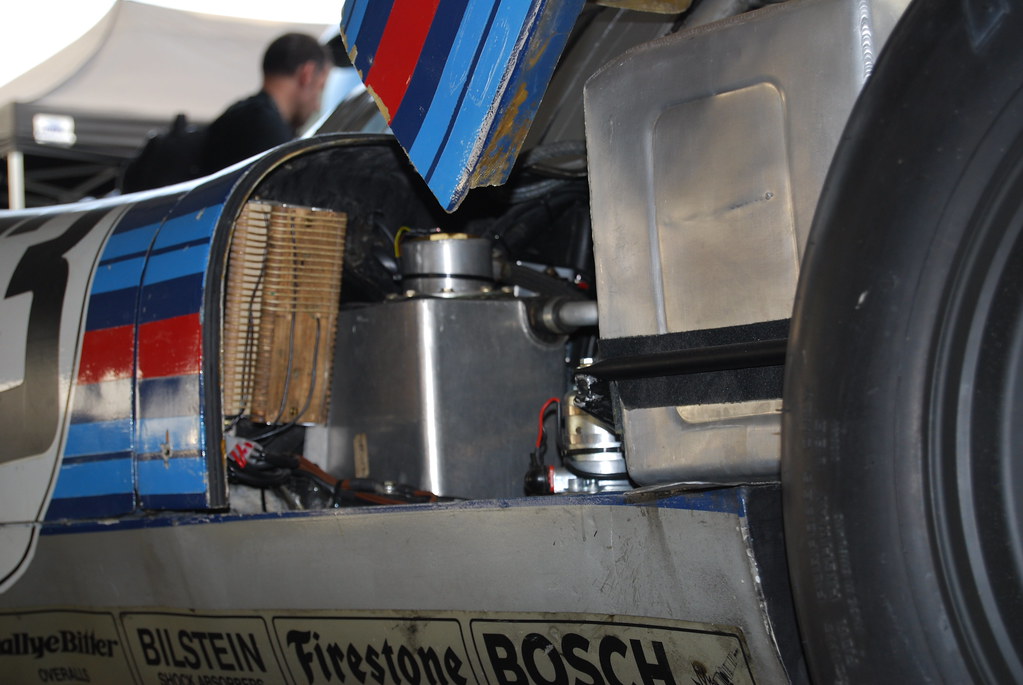
1. **Keeping Your Tank Full to Prevent Evaporation is Bunk.**There’s a popular theory circulating among drivers: keeping your gas tank topped off prevents fuel evaporation, thereby saving you money. The logic often suggests that a full tank leaves less space for air, which in turn reduces the potential for gasoline to evaporate, especially during warmer months. This idea implies that any empty space in your tank is a direct avenue for your precious fuel to vanish into thin air, particularly when temperatures rise and people hit the road for summer vacations.
However, this theory, while intuitively appealing to some, is largely a myth in the context of modern vehicles. The concern about fuel evaporation stems from a time when cars lacked the sophisticated systems present today. Today’s automotive engineering has advanced considerably, incorporating technologies specifically designed to mitigate such losses. These innovations have rendered the “keep your tank full” advice largely obsolete for its stated purpose of preventing evaporation.
Modern cars are all equipped with vapor recovery systems that minimize loss, effectively capturing and recirculating fuel vapors rather than allowing them to escape into the atmosphere. This means that whether your tank is full or approaching empty, these systems are diligently working to prevent the very evaporation the myth claims a full tank addresses. While letting your gas gauge approach empty is never a good idea for other reasons, such as potentially drawing sediment into your fuel line or risking running out of gas, topping off your tank specifically to prevent evaporation is bunk and offers no real fuel-saving benefit.
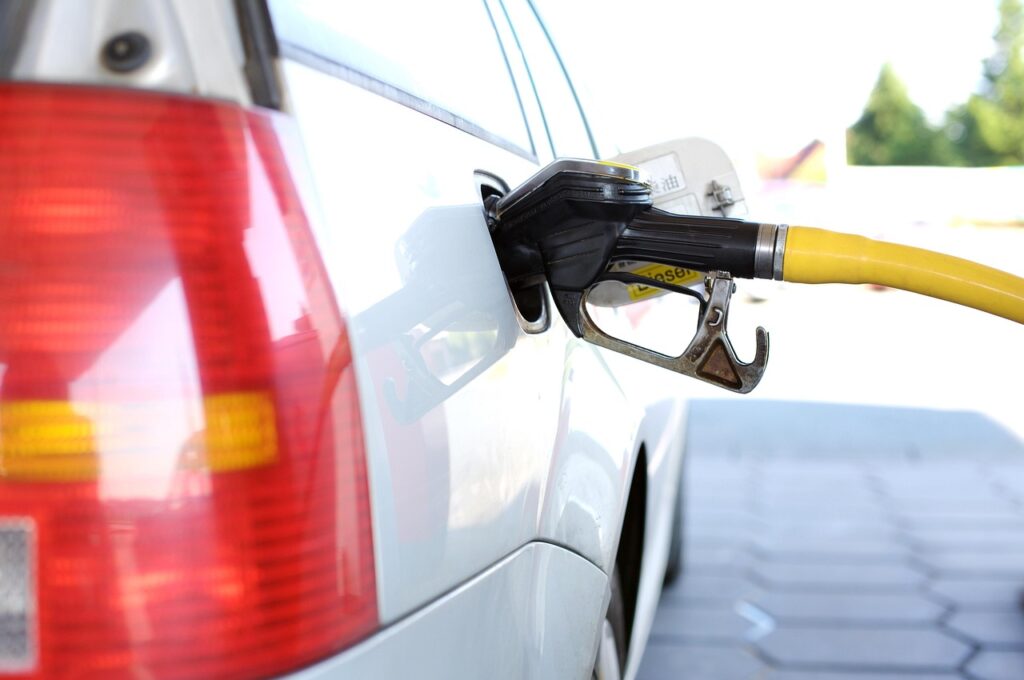
2. **Buying Gas Early in the Morning Doesn’t Give You More Fuel.**Another often-repeated piece of advice for the frugal motorist is to fill up your gas tank first thing in the morning. The reasoning behind this suggestion is rooted in basic physics: liquids become denser at cooler temperatures. Therefore, the theory goes, buying gas in the cooler morning hours means you’re getting a slightly denser, and thus theoretically more fuel-rich, gallon for your money. This tip suggests that a cooler temperature allows for more gasoline molecules to occupy the same volume, offering a better value than purchasing fuel in the heat of the day.
However, this particular hack doesn’t quite hold up to scrutiny when applied to the realities of fuel storage. The gasoline that you pump into your vehicle isn’t stored in open-air tanks exposed to the daily temperature fluctuations above ground. Instead, gasoline is stored in underground tanks where the temperature is regulated, meaning the significant temperature swings between morning and afternoon above ground have a negligible, if any, impact on the temperature, and thus the density, of the fuel itself. The subterranean environment acts as a natural insulator, keeping the fuel at a relatively constant temperature regardless of the time of day.
While the primary premise for this tip is flawed, there might be an indirect, albeit unrelated, benefit to early morning fill-ups. The roads may be less crowded in the morning, though, which could save you from wasting gas idling in traffic. Reduced congestion means less time spent stationary with your engine running, which is a genuine gas-waster. So, while you won’t get “more” gas for your money due to density, you might save gas by avoiding peak traffic times, but this is a consequence of traffic patterns, not fuel temperature.
Read more about: Unmasking the Motoring Misconceptions: 14 Common Car Myths That Could Cost You Dearly and Harm Your Engine
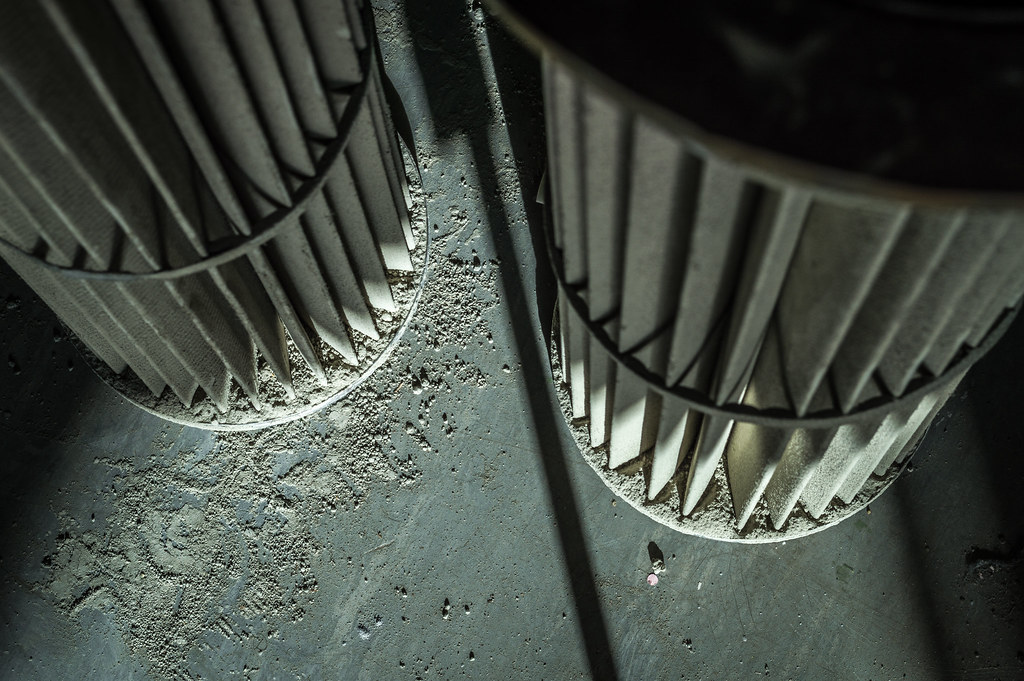
3. **Frequent Air Filter Replacement Doesn’t Improve Modern Car Mileage.**For years, drivers have been told that regularly replacing their car’s air filter is a crucial step for maintaining optimal gas mileage. This advice has been passed down through generations, rooted in the understanding that a clean air filter allows the engine to breathe better, leading to more efficient combustion and improved fuel economy. For older vehicles, this was often sound advice, as a clogged filter could indeed impact performance and efficiency, filtering air into the carburetor.
However, much like many other automotive tips, this one has largely been rendered obsolete by advancements in engine technology. Today’s engines are vastly more sophisticated than their predecessors. They feature fuel injectors and other highly advanced technology that carefully regulate the air-to-fuel ratio with extreme precision, ensuring optimal combustion regardless of minor variations in air intake. These systems are designed to adapt and compensate, making the impact of a slightly dirty air filter on fuel economy almost negligible.
In fact, scientific studies have confirmed this modern reality. A study on gasoline engines conducted by Oak Ridge National Laboratory determined that “dirty engine air filters do not affect fuel economy in modern vehicles.” This comprehensive research indicates that pouring money into frequent, unnecessary air filter replacements with the sole aim of boosting mileage is an effort that simply won’t yield the desired financial returns. While dirty air filters can, however, lead to sluggish acceleration and other issues that affect overall vehicle performance, drivers should not expect a mileage improvement after replacing them. The focus should be on following manufacturer recommendations for filter changes rather than using it as a gas-saving hack.
Read more about: 14 Car Myths Mechanics Are Begging You To Stop Believing (Save Money & Keep Your Ride Healthy!)
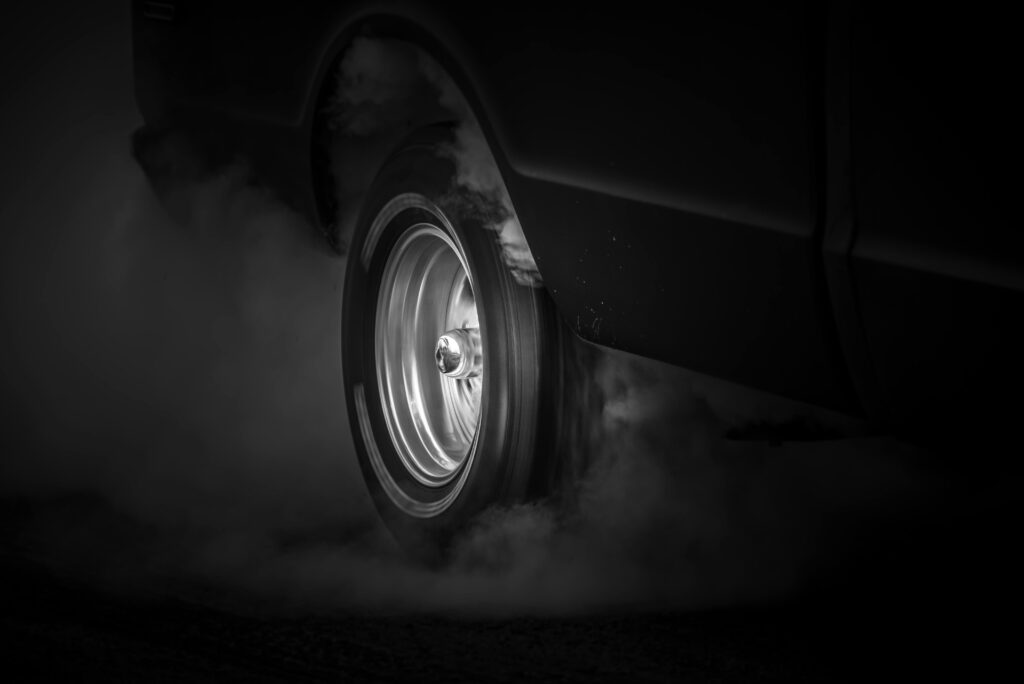
4. **Overinflating Tires for Gas Savings is a Brake-Worthy Idea.**There’s a persistent myth that suggests that if you overinflate your tires, you can reduce rolling resistance and, in turn, save on gas. The logic presented is that a harder tire presents a smaller contact patch with the road, leading to less friction and requiring less energy from the engine to move the vehicle forward. It’s a tempting shortcut, promising fuel savings with a simple adjustment to your tire pressure.
But if your buddy insists overinflating your tires will decrease resistance and save you on gas, tell them to hit the brakes. This notion is not only incorrect but also dangerous. Modern vehicles are engineered with specific tire pressure recommendations, which are carefully calculated to ensure a balance of safety, performance, and efficiency. Deviating significantly from these recommendations, especially by overinflating, introduces a host of problems that far outweigh any imagined fuel savings, which are negligible at best.
As little as 10 pounds per square inch over the manufacturer’s recommended levels narrows the “contact patch,” where the tire touches the road. This reduction in the contact patch has critical implications for your vehicle’s handling and safety. It means less traction, which is vital for maintaining control, especially in adverse weather conditions or during emergency maneuvers. Furthermore, it significantly increases braking distance, putting you and others on the road at greater risk. On top of these safety concerns, overinflated tires wear more rapidly and unevenly, leading to premature tire replacement costs that ultimately eat up any negligible savings on gas. It’s a lose-lose proposition, compromising safety and long-term expenses for no real fuel-economy benefit.

5. **Frequent Oil Changes Don’t Directly Boost Fuel Economy.**One common misconception among drivers is the belief that if you’re due for an oil change, your car’s gas mileage will suffer significantly. Consequently, many assume that a fresh oil change will instantly lead to a noticeable improvement in fuel economy. This idea often stems from the general understanding that proper vehicle maintenance contributes to overall efficiency, leading drivers to believe that oil changes are a direct lever for immediate fuel savings.
While it’s undeniably best to keep up with your vehicle’s manufacturer’s recommendations for routine maintenance, don’t expect your mileage to dramatically improve after a trip to Jiffy Lube solely from an oil change. Modern engine oils are formulated to maintain their lubricating properties over extended periods and under varying conditions, and engines are designed to operate efficiently even as oil ages within recommended service intervals. The direct, immediate impact on fuel mileage from simply changing oil that isn’t excessively old or degraded is often minimal.
However, there is a nuance to this maintenance tip. Your mileage may improve by up to 2%, however, if you use the manufacturer’s recommended grade of motor oil. Using the correct oil minimizes the friction within your engine, which leads to energy savings during its operation. So, while a routine oil change itself might not be a magic bullet for gas savings, ensuring you’re using the right type and grade of oil, as specified by your car’s manufacturer, plays a small but measurable role in maintaining optimal fuel efficiency. Regular servicing, following a vehicle’s service guidelines, will generally ensure the best fuel economy, performance and longevity, rather than relying on one specific maintenance item for a dramatic boost.
Read more about: Unmasking the Motoring Misconceptions: 14 Common Car Myths That Could Cost You Dearly and Harm Your Engine
6. **Lowering Your Pickup’s Tailgate Actually Harms Aerodynamics.**Pickup truck drivers often pride themselves on their practical knowledge, and a long-standing claim among them is that lowering a truck’s tailgate improves aerodynamics. The theory behind this is that by creating an open bed, air can flow through rather than over the truck, thereby reducing drag and improving gas mileage. It’s a widely discussed topic at rest stops and garages, with many believing it’s an easy, no-cost way to make their robust vehicles a bit more fuel-efficient, especially on long hauls.
However, according to rigorous aerodynamic testing and expert analysis, this popular notion is actually counterproductive. The sophisticated designs of modern pickup trucks factor in the entire vehicle’s airflow, including the bed. It turns out that the tailgate, when in its upright position, plays a crucial role in managing the air currents behind the cab, creating a more streamlined flow than when it’s down. This might seem counterintuitive, but the science behind it is clear.
General Motors’ aerodynamics lab definitively stated that, for optimal aerodynamics, “up is better.” The company explained, “As air flows over the truck, it falls over the cab and pushes forward on the rear of the truck.” This creates a beneficial air bubble or pocket in the truck bed that helps to reduce overall drag. “With the tailgate down, the benefits of that airflow are diminished,” essentially disrupting this carefully managed air current and increasing resistance. So, instead of saving gas, lowering your tailgate will likely cause your engine to work harder, ultimately increasing fuel consumption. Keep that tailgate up for better efficiency.
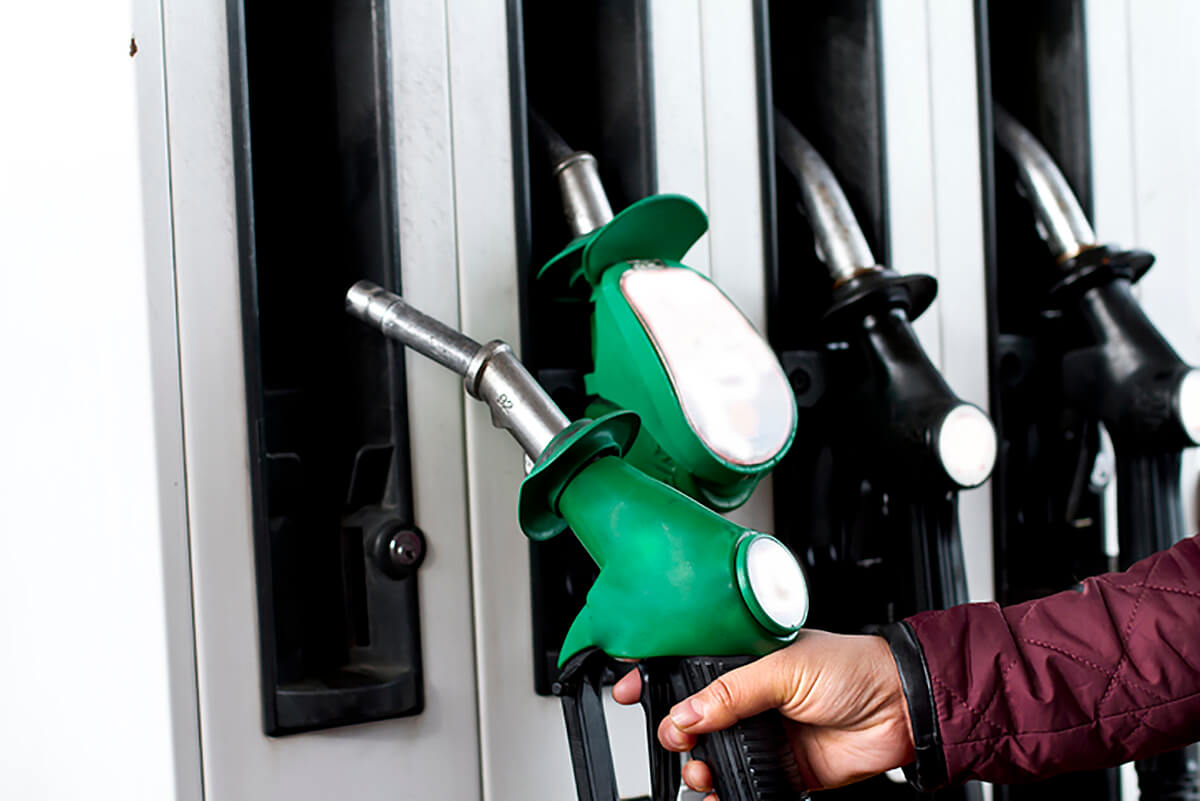
7. **Fuel Additives and ‘Economizers’ Are Mostly Gimmicks.**The market is flooded with various devices and chemical additives that promise miraculous increases in gas mileage. From magnets that claim to realign fuel molecules to liquid concoctions that boast engine cleaning and efficiency boosts, these products often present themselves as quick, simple, and revolutionary solutions to high fuel costs. The allure of a product that can significantly stretch your fuel budget without changing driving habits is powerful, leading many consumers to invest in these seemingly too-good-to-be-true options.
However, the reality, as repeatedly confirmed by consumer protection agencies, is far less impressive. The Federal Trade Commission (FTC) cautions consumers that claims by makers of devices and additives that promise to increase gas mileage “are either false or grossly exaggerated.” The FTC, a leading authority on consumer protection, has a long history of investigating such products, understanding the financial strain high fuel prices place on individuals.
Their findings are consistent and unequivocal. After testing more than 100 such products, the FTC didn’t find any that significantly improved mileage. This extensive testing underscores the fact that the vast majority of these “fuel economizers” deliver little to no tangible benefit, meaning your money is essentially being wasted. Furthermore, some devices installed in your engine may even break the law by circumventing emission standards, creating legal liabilities in addition to their ineffectiveness.
Industry experts echo these warnings. Patrick De Haan, head of petroleum analysis at Gas Buddy, explicitly told CNET, “People should be suspect of any device that promises to increase fuel efficiency.” The consensus from both regulatory bodies and industry professionals is clear: while the desire for easy fuel savings is understandable, these additives and devices are, for the most part, simply gimmicks. Your best bet for saving gas lies in proven methods rather than relying on unverified products that promise unrealistic gains and may even cause harm.
After clearing up those persistent myths that often lead us down the wrong road, it’s time to shift gears and focus on what genuinely works. This next section isn’t about wishful thinking; it’s about empowering you with real, actionable strategies proven to deliver tangible savings at the pump. We’re diving deep into seven expert-backed methods that will help you master fuel efficiency through smart driving techniques, diligent maintenance, and clever planning. Get ready to become a true road warrior, optimizing every drop of gas and keeping more money right where it belongs: in your wallet.
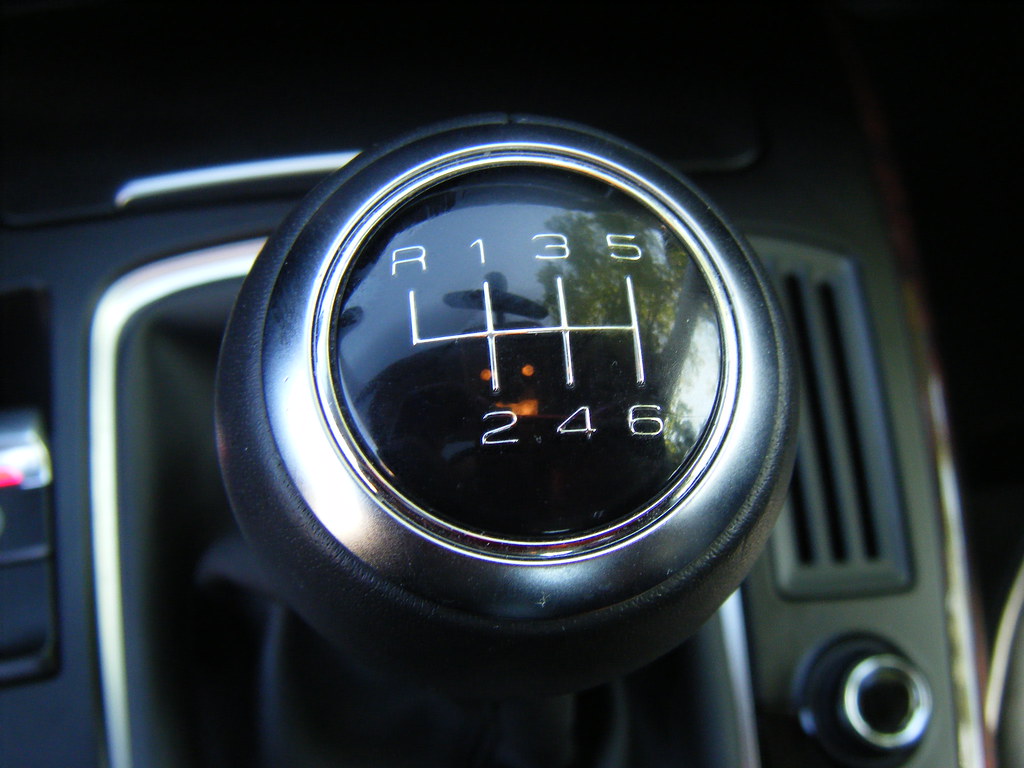
8. **Slow and steady wins the race.**Rapid acceleration is a major culprit in draining your fuel tank faster than necessary. Each time you aggressively press the gas, your engine demands a significant surge of fuel, directly leading to lower miles per gallon. This aggressive driving style—speeding, quick acceleration, and hard braking—is particularly wasteful. The U.S. Department of Energy states these habits can slash your gas mileage by 15-30% at highway speeds and 10-40% in stop-and-go traffic. It’s a habit that costs you dearly in fuel and vehicle wear.
Patrick De Haan, a leading petroleum analyst for GasBuddy, emphasizes, “If people drove at a slower pace of acceleration and avoided racing through a red light, it would help them prevent […] burning through gas and using energy.” The message is simple: ease into acceleration and anticipate stops. Maintaining a consistent speed is paramount for maximizing fuel efficiency, especially on longer journeys.
Your car has a sweet spot for optimal efficiency, usually between 55 and 60 miles per hour. Pushing your speed beyond this range noticeably depletes efficiency, forcing the engine to work harder against increased aerodynamic drag. As De Haan advises, “If you can drive a few miles per hour slower on the interstate to reduce your consumption, that would be a nice step of you to make.” It’s a subtle change with a significant impact on your fuel budget.
Read more about: Tattoo Trouble? 10 Big Ink Blunders You Absolutely Need to Avoid!

9. **Use cruise control when possible.**Once you’ve mastered slow and steady acceleration, leveraging cruise control is the next logical step to maintain consistent speed. This isn’t just a convenience; it’s a genuine fuel-saving tool that removes variability from your driving. Human drivers, even disciplined ones, subtly fluctuate speed, making minor adjustments that involve slight accelerations and decelerations. These small, unconscious changes accumulate into wasted fuel.
Cruise control, by contrast, precisely holds your vehicle at a constant speed, minimizing the subtle power demands of human acceleration. Patrick De Haan confirms, “Cruise control is much more effective than a human is at maintaining speed and can help save fuel.” This consistent operation allows your engine to run at its most efficient RPMs for extended periods, avoiding fuel-intensive spikes from varying speeds.
For optimal savings, engage cruise control on flat roads with minimal stops – ideal for highways and interstates. It’s less effective in hilly terrain, where the system might aggressively accelerate, or in heavy traffic, where constant braking defeats its purpose. In the right conditions, it’s a set-it-and-forget-it strategy for better fuel economy.
Studies show potential savings of 7-14% by removing driver-induced changes in acceleration and deceleration. This significant benefit highlights the power of a consistent driving pace. On the open highway, set your cruise control between 55-65mph; it’s an effortless way to achieve impressive fuel savings without fancy gadgets.
Read more about: Beyond the Billionaire Bling: An Insider’s Look at Warren Buffett’s 10 Unexpected Car Choices and Driving Philosophies

10. **Turn off your car at red lights and other long stops.**Turning off your engine at long stops might seem counterintuitive, raising concerns about starter wear or hassle. However, this is a remarkably effective strategy for cutting wasted fuel and reducing emissions. Linda Gaines, a transportation systems analyst for the Argonne National Laboratory, advises: if you anticipate idling for 10 seconds or longer, it’s more fuel-efficient to turn your car off.
Consider this: when your car idles, its miles per gallon is exactly zero. You’re burning fuel without moving. The fuel needed to restart your car is minimal, roughly equivalent to 10 seconds of idling. Thus, for any stop exceeding that—a long traffic light, parking lot wait, or train crossing—turning off your engine instantly saves money.
Modern starters are robust, designed for frequent starts. Gaines assures that unless you’re revving up over 10 times a day, “the starter motor is unlikely to need to be replaced during the vehicle’s life.” This dispels common apprehension, letting you confidently embrace this habit without worrying about premature failure.
While great for extended stops, use common sense. Gaines advises against turning your car on and off in stop-and-go traffic. In dynamic situations, “Driving safely means being able to respond quickly to traffic conditions.” Reserve this hack for moments you know you’ll be stationary for a meaningful duration, and watch your fuel consumption drop.
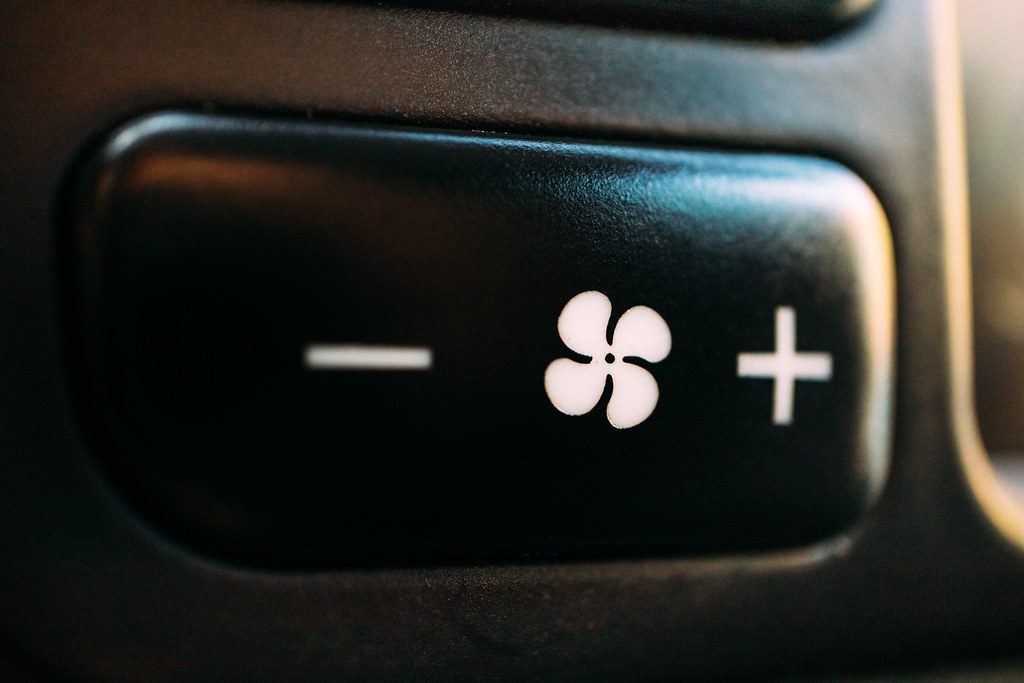
11. **Conserve air conditioning.**As temperatures rise, the urge to blast the air conditioning (AC) is strong, but this comfort comes at a measurable cost. The US Department of Energy points out that AC use can reduce your fuel economy by over 25%. This is a significant drain on your fuel budget, especially in warmer months.
The trick is balancing comfort and efficiency across different driving scenarios. While AC uses power, rolling down windows at highway speeds isn’t always better. Open windows dramatically increase aerodynamic drag, forcing your engine to work harder to maintain speed, which also “eats up more fuel.” The solution depends on your environment.
Patrick De Haan from GasBuddy offers practical guidance: on city streets, where speeds are lower and idling more common, opening windows is generally more fuel-efficient. The drag from open windows at low speeds is minimal compared to the consistent power draw of the AC compressor. This cools your cabin without significantly impacting mileage.
However, at highway speeds, open windows create substantial aerodynamic drag, making AC potentially more efficient than fighting intense wind resistance. The key is mindfulness: reduce AC use when possible, open windows at low speeds for quick cooling, and opt for AC on the highway if essential. Minimizing AC use, as AAA advises, can make a notable difference in your wallet.

12. **Take racks off your car when you’re not using them.**Many drivers, especially those with active lifestyles, use roof-mounted racks for luggage, bikes, or skis. While practical, leaving them on when not in use significantly drains fuel economy. These external additions disrupt your vehicle’s aerodynamics, increasing wind resistance and forcing your engine to work harder to maintain speed.
Auto engineers spend countless hours designing cars to slip through the air with minimal drag. Adding bulky racks undermines these carefully engineered aerodynamics. This increased drag is particularly detrimental at higher speeds, where the engine must exert more power to overcome resistance, leading directly to higher fuel consumption.
Patrick De Haan strongly recommends removing large luggage racks when not in active use to “boost your car’s aerodynamics.” While smaller bicycle and ski racks might have less impact, the principle holds: anything protruding into the airflow increases drag. Studies show aerodynamic drag from rooftop cargo boxes can lead to higher costs, with some research indicating savings of up to 20% on fuel annually by removing the box.
The benefit to fuel economy has been shown to be between 2-17%, translating to a gasoline saving of $0.06-$0.52 per gallon. It’s an easy, no-cost adjustment that restores your vehicle’s intended aerodynamic profile. So, after your adventure, take a few minutes to unmount those racks; your wallet and your car’s efficiency will appreciate it.
Read more about: Are You *That* Gym-Goer? Unmasking the 12 Most Annoying Fitness Habits That Drive Trainers (and Everyone Else) Absolutely Wild!
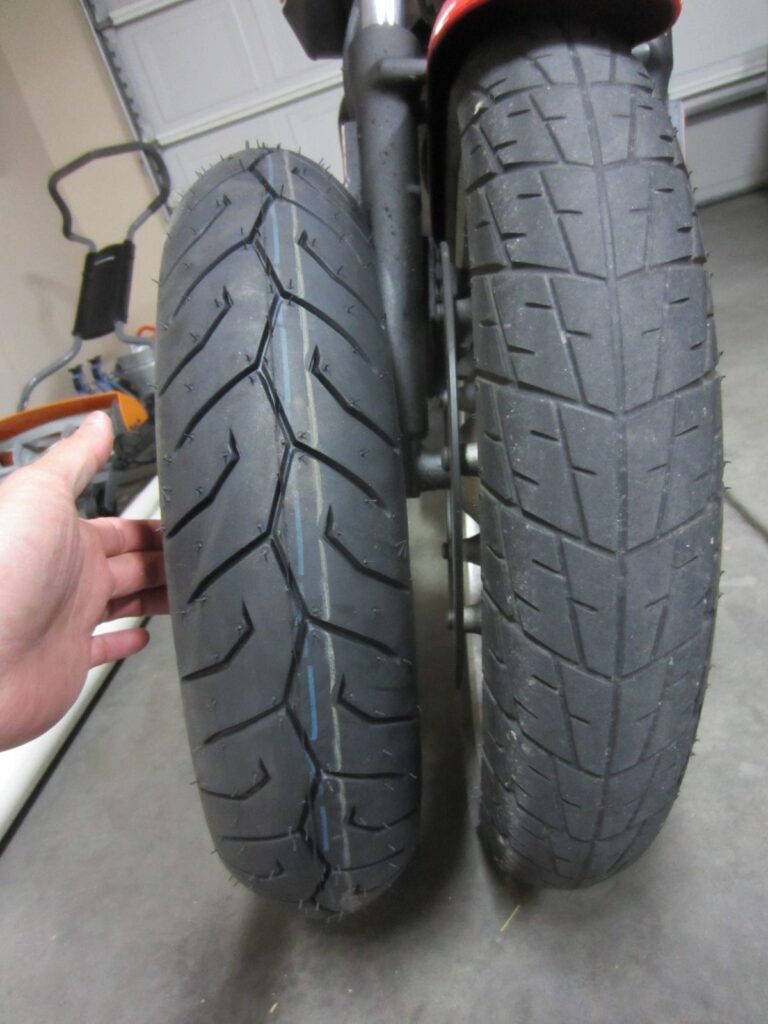
13. **Keep tires properly inflated.**Maintaining correct tire inflation is one of the most straightforward and effective ways to boost fuel economy and ensure safety. While overinflating tires is a dangerous myth, underinflation is an equally problematic issue. The U.S. Energy Department highlights that proper tire pressure can improve gas mileage by up to 3%. This is a tangible saving for a simple check.
When tires are underinflated, a larger surface area contacts the road, increasing rolling resistance. This friction forces your engine to work harder to move the vehicle. Patrick De Haan explains that tire pressure below 25 psi causes this, making your engine work harder and yielding fewer miles per gallon. It’s like running in soft sand instead of on a track.
Beyond fuel economy, underinflated tires pose significant safety risks. AAA warns they degrade handling and braking, compromising control, especially in emergencies. They also wear rapidly and unevenly, leading to premature replacement and potential blowouts.
Fortunately, modern cars feature a Tire Pressure Monitoring System (TPMS) light on the dashboard, often an exclamation mark in parentheses. Don’t wait for this light. Make checking tire pressure a regular habit. A few minutes with a reliable gauge can save you money at the pump, extend tire life, and most importantly, keep you safer on the road.
Read more about: Unmasking the Motoring Misconceptions: 14 Common Car Myths That Could Cost You Dearly and Harm Your Engine
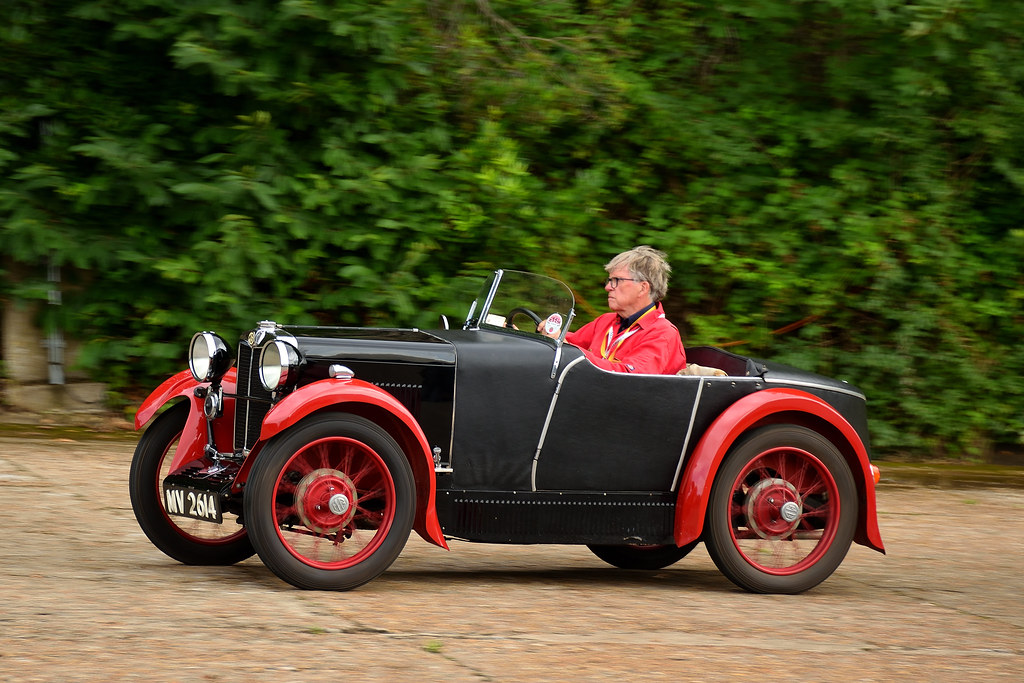
14. **Combine trips while running errands.**Making multiple short trips throughout the day for errands is a common habit, yet surprisingly detrimental to fuel efficiency. A core principle of smart gas saving is consolidating your outings. Think strategically about destinations and aim to tackle all errands in a single, well-orchestrated trip instead of several fragmented ones.
One key reason for this saving is engine temperature. Your car’s engine is most efficient when fully warmed up. Short trips mean the engine spends much of its time running at sub-optimal temperatures, reducing efficiency. Batching errands allows your engine to reach and maintain its ideal operating temperature, maximizing fuel burned per mile.
Planning routes is also critical. Instead of driving back and forth, map a logical sequence that minimizes backtracking and unnecessary detours. AAA advises, “Planning multiple errands in one trip and whenever possible driving during lower-traffic times of day are recommended.” This saves miles and reduces idling time, which equates to zero MPG.
The impact of “inner-city driving,” with its low speeds and constant stop-starting, is particularly pronounced. Consolidating these trips significantly reduces cumulative mileage and inefficient engine operation. It’s a simple habit shift—a “to-do list” for your car—that leads to high cumulative savings throughout the year, keeping more money in your pocket and less going up in exhaust fumes.
Read more about: Fuel-Powered Stalwarts: 15 SUVs That Defy the Odds and Consistently Clock Over 250,000 Miles
And there you have it, fellow road warriors! From mastering smooth acceleration to strategically planning your drives, these expert-backed strategies are your ultimate toolkit for conquering high gas prices. Forget the myths and misleading gadgets; true fuel efficiency comes from smart driving, diligent maintenance, and foresight. By integrating these actionable tips into your routine, you’re not just saving a few cents – you’re reclaiming a significant chunk of your budget, empowering yourself to drive smarter, and enjoying the journey with a lighter footprint and a heavier wallet. It’s time to hit the road with confidence, knowing you’ve got the pro tricks to keep your fuel gauge happier and your finances healthier!



